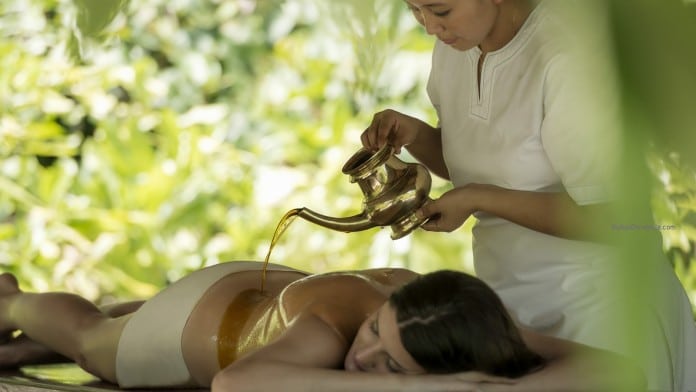
Help sought from complementary, alternative medicine to remedy health problems
A new and extensive study has charted the use of complementary and alternative medicine in Europe. It found that complementary and alternative medicine is being used in connection with various health problems, particularly in situations where help provided by conventional medicine is considered, by the patient, to be inadequate.
Headaches, back pain and other vexing conditions have made people turn to alternative forms of treatment. The study revealed that women and those with higher education use complementary and alternative medicine more often than others.
Research data were collected from more than 20 countries, with approximately 40,000 respondents participating in a study conducted in cooperation between the Universities of Helsinki, Tampere and Turku. Four treatment types were examined: traditional Asian treatments (Chinese medicine, acupuncture, acupressure), alternative medicine (homeopathy, herbal remedies), manual therapies (massage, chiropractic, osteopathy, reflexology), and mind-body therapies (hypnosis and spiritual healing).
Treatments used by one in four
According to the findings, one in four subjects in the study population had used complementary and alternative treatments in the past year. The most commonly used forms of treatment were massage (12%), homeopathy (6%), osteopathy (5%) and herbal remedies (5%). Most subjects had experienced only one treatment form.
Researchers also found that alternative and complementary medicine was used primarily in a complementary manner, or together with conventional medicine. This should be kept in mind both in practical patient care and public discourse, where these treatments are often framed as an alternative to conventional medicine.
Substantial differences between countries in treatment use
The prevalence of treatments varied greatly between the countries in the study. In Germany, nearly 40% of the study population had used complementary and alternative forms of treatment, whereas in Hungary the corresponding share was 10%. In Finland and Estonia, 35% of respondents had used these forms of treatment.
The differences are partly explained by the fact that in some countries these treatments are covered by insurance. Some countries also train general practitioners in complementary medicine.
The study concentrated on the use of complementary and alternative medicine in Europe. It was published in the Scandinavian Journal of Public Health. The study is based on European Social Survey data collected in 2014.
CAM use in other parts of the world
In the United States in 2007, the most commonly used CAM modalities were nonvitamin, nonmineral, natural products (17.7%), deep breathing exercises (12.7%), meditation (9.4%), chiropractic and osteopathic manipulation (8.6%), massage (8.3%), and yoga (6.1%).
CAM is popular throughout the world. A study of South Koreans found that nearly 75 percent of those surveyed had used CAM in the last 12 months. A large Australian study found that 52 percent were current CAM patients and that 85 percent had used CAM treatments in their lifetime. The lifetime CAM use estimate from one UK survey was nearly half of those surveyed.
However, motivations differ among cultures. For instance, Koreans indicated that disease prevention and health promotion were the principal motive for CAM, with 45.8 percent seeking increased energy, 9.1% hoping to prevent disease, and 12.7 percent seeking anti-aging effects or beauty. Treatment of medical problems was the reported as the motive for only 20.3 percent of Korean survey participants, whereas in America people suffering from chronic conditions, particularly musculoskeletal problems, most often seek CAM.




































